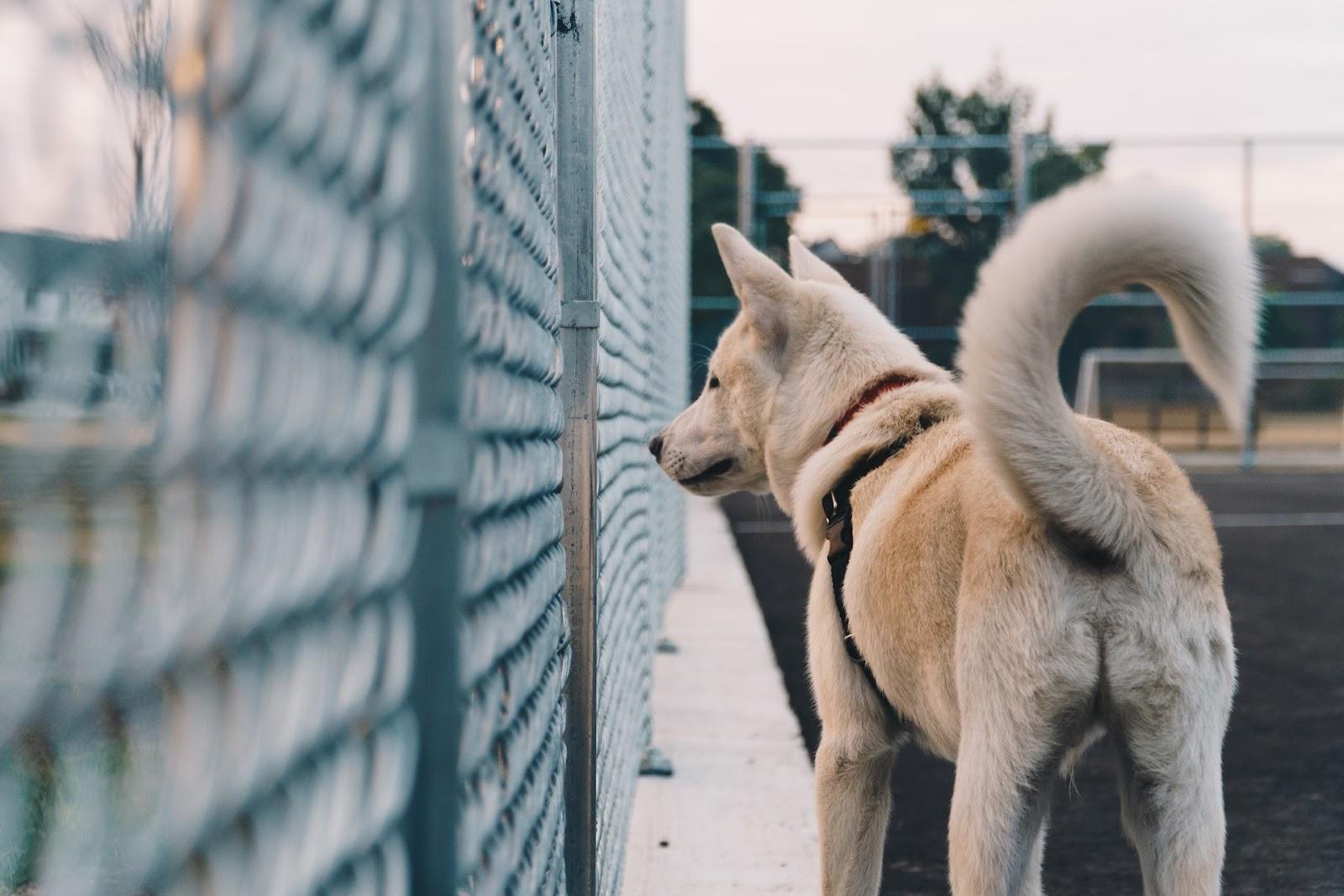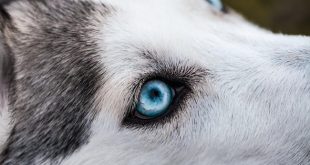Dogs may not be able to talk but they communicate with us in a variety of ways using their body language. When a dog wags its tail, flattens its ears, or holds its body a certain way, these actions can all tell us how it’s feeling. Knowing what they mean can help us better provide what our pets need and strengthen our relationship with them.
As per the American Society for the Prevention of Cruelty to Animals (ASPCA), “Understanding canine body language is critical for interpreting a dog’s intentions, emotions, and desires.”
So, how can we understand dog body language and decode what it’s trying to tell us?
In this article, we’ll tell you some of the most common behaviors so that you can decode what they mean.
How To Read Dog Body Language
Here are some common dog body language cues and what they mean:
Facial Expressions
Dogs use their faces to express a wide range of emotions. For instance, when your dog’s eyes are relaxed and has its mouth slightly open, it indicates that your canine is feeling happy and relaxed. However, if you notice that your dog’s eyes are squinted while its mouth is tightly closed, it may be feeling scared or anxious.
Tail Wagging
Most people believe that a wagging tail means a happy dog, but that isn’t always the case. According to the American Kennel Club, “A wagging tail may mean your dog is happy, but it can also mean they are agitated, anxious, or excited.”
A dog’s tail wagging can indicate different things depending on the position and how quickly its tail is moving. If the tail is wagging slowly and steadily, it might mean that your dog is cautious or uncertain. On the other hand, if the tail is wagging quickly and vigorously, it might indicate excitement or aggression.
If your dog suddenly pees a small amount while wagging its tail rapidly, it usually signifies shyness, fear, and/or excitement. Even if you’ve read a doggie lawn review and have purchased one, this type of urination usually occurs so spontaneously that your dog doesn’t make it to a pee pad.
Ear Positioning
Dogs use their ears to communicate their mood and intentions. When your dog’s ears are relaxed and facing forward, it means that it’s alert and interested in something. But if its ears are pinned back against its head, it could be stressed dog body language.
Body Posture
Your pet’s body is an important aspect of dog body language. For instance, if your dog is standing tall with its tail up, it’s likely feeling confident and assertive. But if your dog is cowering with its tail between its legs, it might be feeling scared or submissive.
Decoding Stressed Dog Body Language
Like humans, dogs can also feel stressed and anxious. Here are some signs of stressed dog body language that you should look out for:
- Panting
- Yawning
- Whining or whimpering
- Licking their lips or nose
- Excessive shedding or shedding in patches
- Avoiding eye contact
- Hiding or retreating
If you notice any of these signs in your dog, it’s important to remove it from the stressful situation and offer a calm and safe environment.
Understanding Dog Tail Body Language
A dog’s tail is one of the most important body parts that it uses to communicate. Here are some common dog tail language cues and what they mean:
Tail Up
A dog with its tail up and wagging fast is usually happy, excited, or alert. However, a dog with its tail up could be a signal that it’s ready for a challenge or confrontation.
Tail Tucked Between Legs
A dog with its tail tucked between its legs is typically a sign of fear, anxiety, or submission. It’s important to recognize this body language and provide a reassuring environment for your dog.
According to the American Veterinary Medical Association (AVMA), “Prolonged or severe stress can have serious psychological and physical effects on your dog, including gastrointestinal issues, aggression, and weakened immune system.”
Tail Wagging Slowly
A dog wagging its tail slowly could mean that it is cautious or uncertain. It’s important to approach a dog carefully when the tail is wagging slowly and give it space if it seems uncomfortable.
Tail Wagging to the Left
Dogs tend to wag their tails to the left when they are feeling negative emotions such as anxiety or fear.
Tail Wagging to the Right
Dogs wag their tails to the right when they are feeling positive emotions such as happiness or excitement.
It’s important to note that a dog’s body language is not always straightforward, and it can vary depending on the breed and individual dog. It’s crucial to pay attention to your dog’s body language and overall behavior to understand its emotions accurately.
Tips for Improving Your Understanding of Dog Body Language
Observe Your Dog
Pay attention to your dog’s body language and observe how it reacts to different situations. This will help you understand its behavior better.
Learn from Experts
Attend dog training classes or workshops where you can learn from professional dog trainers and behaviorists. They can help you learn how to read dog body language and provide valuable tips on how to communicate with your furry friend.
Practice and More Patience
It takes time and patience to develop a deep understanding of your dog’s body language. Don’t get frustrated if you don’t understand everything at first. Keep practicing and learning. Soon, you’ll be fluent in the secret code of your furry friend.
Conclusion
Understanding dog body language is a crucial aspect of building a strong and healthy relationship with your dog. By learning how to read its behavior, you can better understand its emotions and respond appropriately to its needs. Whether it’s decoding stressed dog body language or understanding dog tail body language, paying attention to your dog’s body can help you become a better pet owner and create a more profound connection with your beloved pup.
 World inside pictures Collect and share the best ideas that make our life easier
World inside pictures Collect and share the best ideas that make our life easier











